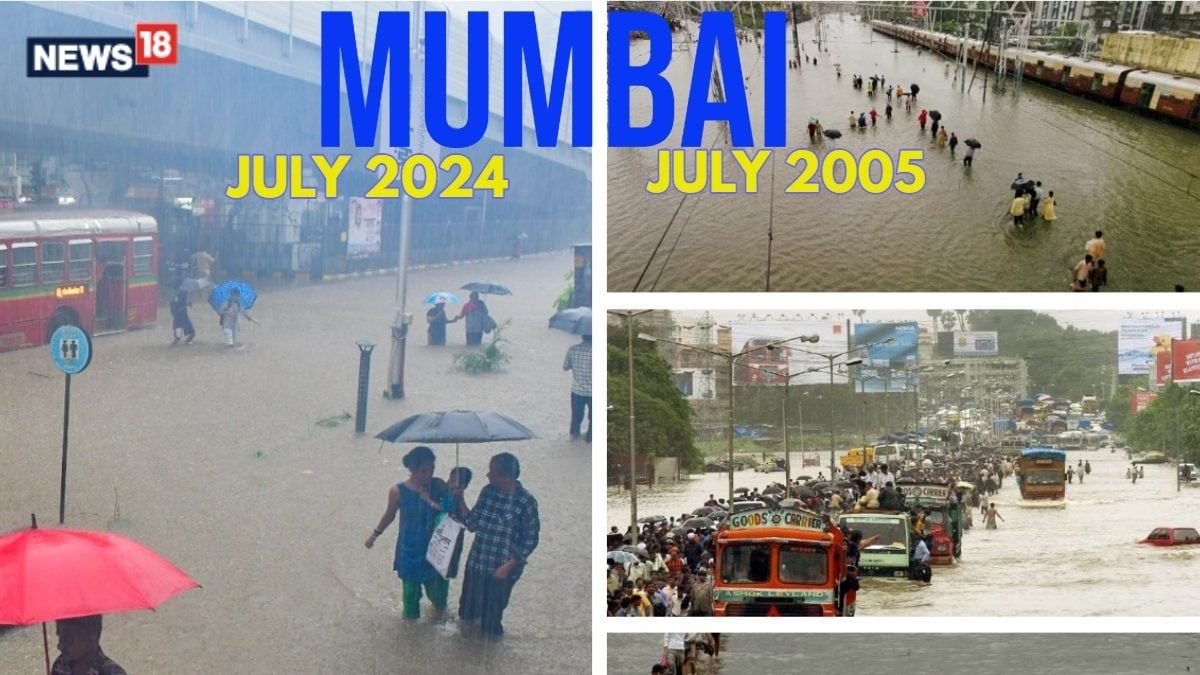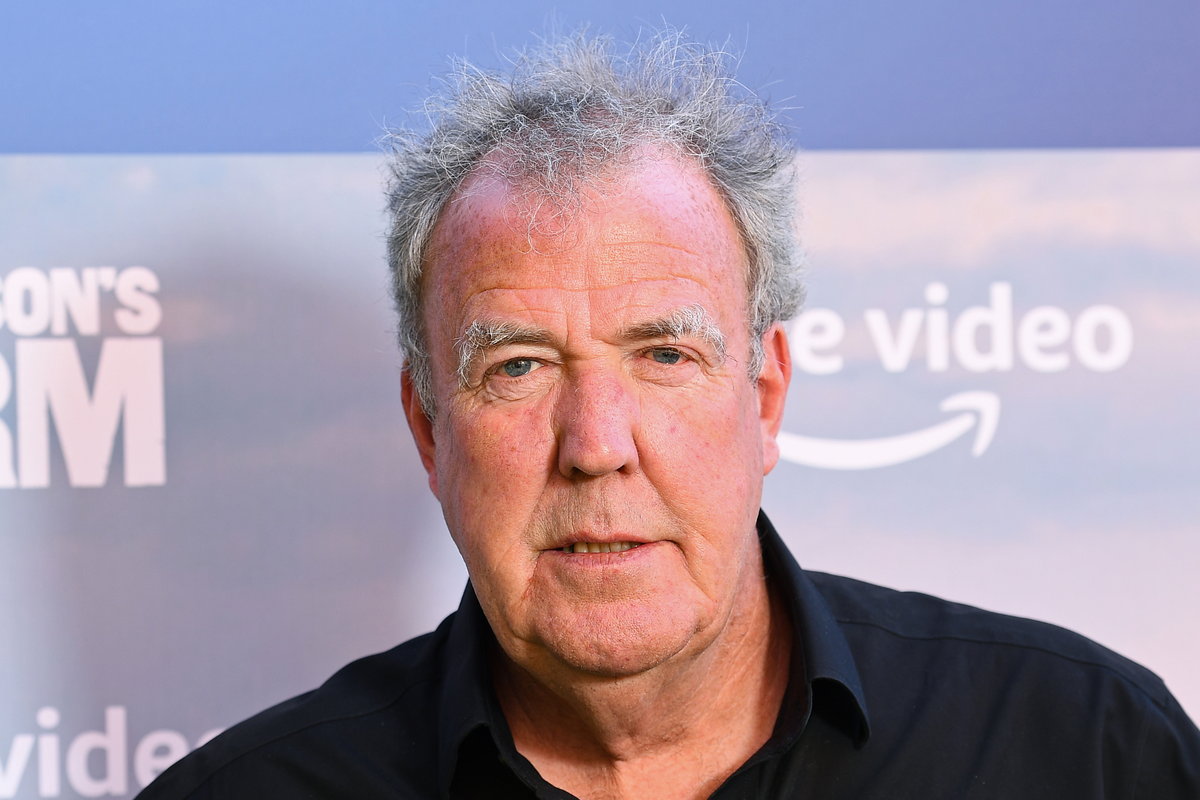Bombay then and now. Nothing has changed. (Images: PTI/AFP/Reuters)
Floods hit Mumbai on July 26, 2005, killing more than 1,000 people and leaving many homeless. Within hours, India's financial capital received around 900 mm of rain.
ON THIS DAY IN 2005: Mumbai residents remember the year 2005 as a devastating monsoon season. Nineteen years later, the 2005 Mumbai floods remain a record for metropolitan rainfall in India. On July 26, 2005, Mumbai recorded approximately 900 mm of rain in a few hours. Mumbai reportedly receives approximately 2000 mm of rain every year, which helps put the magnitude of the situation into perspective.
However, in just a few hours that day, the city received about 45 percent of its annual rainfall. Residents of Mumbai consider that terrible day to be one of the darkest in the city's history.
LOOK: When rain paralyzed Mumbai
Meanwhile, on July 25, 2024, the India Meteorological Department (IMD) has issued a red alert for Mumbai, Pune and Raigad district where heavy to very heavy rainfall is forecast in the next 24 hours. Local flights and trains have been delayed due to the torrential weather.
26/7 Mumbai floods in 2005: Everything that happened in one night
The city, known for its fast-paced lifestyle, was brought to a complete standstill as streets and roads were flooded.
As the clock struck midnight, it began to rain as usual but then intensified into a relentless deluge. Around 2 pm, the Mumbai metropolitan region was hit by a violent storm and the accompanying rains.
Mumbai reportedly recorded a record 37 inches of rain in just 24 hours, with 26 inches falling in four hours. This thunderstorm surpassed the annual rainfall in several areas of the country, including the famous Cherapunji, known for having the highest rainfall in the world.
The city was submerged and rain continued intermittently into the next day, resulting in the eighth heaviest rainfall recorded in a 24-hour period, at 944 mm (37.17 in). Because of this, the city's water supply was contaminated by the mixture of sewage and rainwater. To ensure safe drinking water, the government ordered housing communities to add chlorine to their water tanks.
The incident exposed the city's serious shortcomings in disaster management and preparedness. Due to the largest flood in the city's history, a detailed report was produced in 2006 which served as the city corporation's manual for the following years.
Furthermore, the failures of the 2005 floods were important in determining national development standards for urban flooding in 2009.
Mumbai floods on 26 July 2005: Key figures
Transport disruption
The transport system, considered the lifeline of Mumbai, was severely damaged. The floods reportedly destroyed 4,000 taxis, 900 BEST buses and 37,000 auto rickshaws, and forced 10,000 trucks and special vehicles off the road. Due to the inundated lines, local trains, which make up the bulk of the city's daily transport, were also suspended.
Total number of deaths
The city’s infrastructure was unable to cope with the heavy rains. Floodwaters inundated roads and low-lying homes. The city was brought to a standstill after more than 1,000 people were tragically killed and countless houses were devastated. Thousands of people were trapped far from their homes amid the commotion, desperately searching for a way to avoid the flooding. The number of animal carcasses floating in the floodwaters has risen, raising fears of a pandemic.
Financial losses
The floods caused significant damage to property, infrastructure and businesses. The disaster was expected to result in economic damages in the billions of dollars.
Current rainfall situation in Mumbai
Heavy monsoon rains are causing disruption in Mumbai, Pune and Raigad districts.
- Red alert issuedAuthorities have issued a red alert for these areas, indicating a high probability of extremely heavy rainfall (more than 20 cm) in the next 24 hours.
- Travel disruptionsFlights to and from Mumbai are facing delays due to weather conditions. Local train services are also running slower than usual due to reduced visibility caused by heavy rains and strong winds.
- School closuresTo prioritise the safety of students, schools and colleges in Raigad and Thane districts have been ordered to be closed. Similar closures have been announced for Wada and Vikramgad talukas in Palghar district.
Why is Mumbai still suffering from floods?
According to experts, Mumbai's outdated drainage system, destruction of natural climate barriers and unsustainable urbanisation are the main factors contributing to the city's flooding during severe monsoons.
Mumbai's location also plays a role in waterlogging. Much of the city was reportedly built on land reclaimed from the sea, but inadequate filling has resulted in some saucer-shaped low-lying areas.





















